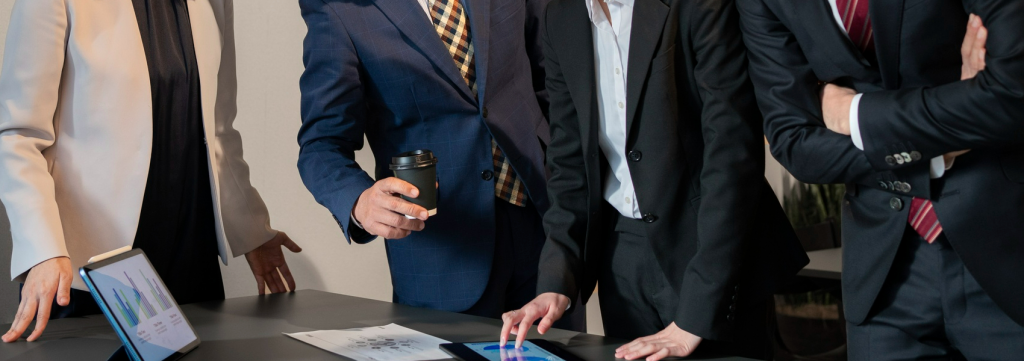Japanese business meetings are deeply rooted in cultural practices that emphasize harmony, respect, and collective decision-making. Concepts like nemawashi (根回し), the informal process of laying the groundwork for a proposal through prior consultations, and ringi (稟議), the formal approval process involving consensus among stakeholders, are integral to how decisions are made within organizations.
Challenges Faced by Facilitators
Given the cultural nuances, facilitators in Japanese companies often encounter specific challenges.
- Diverse Meeting Objectives: Meetings can range from strategic planning sessions to daily briefings, each requiring a different facilitation approach.
- Hierarchy and Participation: The presence of senior staff can inhibit open discussion, making it challenging to encourage input from all participants.
- Consensus Over Speed: The emphasis on consensus can lead to prolonged discussions, potentially impacting efficiency.

Strategies for Effective Facilitation

To navigate these challenges, facilitators can adopt the following strategies.
Thorough Preparation
- Setting Clear Agendas: Distribute agendas in advance to allow participants to prepare.
- Pre-Meeting Consultations: Engage in nemawashi by discussing key points with stakeholders beforehand.
Creating an Inclusive Environment
- Utilizing Visual Aids: Tools like post-it notes can depersonalize ideas.
- Managing Hierarchical Dynamics: Separate sessions for different levels can promote open dialogue.
Time Management
- Set Time Limits: Allocate specific time slots for each agenda item.
- Use Timers: Helps participants stay aware of time.
Continuous Improvement
- Conduct hansei (反省) after meetings to reflect and improve.
Getting Started : Step-by-Step
Facilitating meetings may feel overwhelming at first, but with a clear process, anyone can lead with calm and confidence. Here’s a beginner-friendly approach you can start using immediately.
Step 1: Clarify the Purpose and Goal
- Ask: Why are we having this meeting?
- Define what “success” looks like.
Step 2: Prepare and Share a Simple Agenda
- List topics, speakers, and time limits.
- Send materials in advance and encourage pre-reading.
Step 3: Set the Scene
- Greet participants, state the meeting goal, and review the agenda.
- Set light rules like timekeeping and open sharing.
Step 4: Guide the Conversation
- Keep to the agenda, involve all participants, and steer discussions back on topic.
Step 5: Summarize Key Points
- Confirm what was discussed or decided.
- Clarify next steps and responsibilities.
Step 6: End Clearly
- Recap decisions and thank everyone.
Step 7: Reflect and Improve
- Ask yourself what worked and what didn’t.
- Optionally, seek feedback from peers.

Further Resources
For those seeking to enhance their facilitation skills, resources like “世界で一番やさしい会議の教科書” (The World’s Easiest Meeting Textbook) offer practical guidance. This book emphasizes that effective facilitation is less about eloquence and more about preparation and mindset.
Final Thoughts
Facilitating meetings in Japanese companies requires a nuanced understanding of cultural practices and a commitment to creating an environment where all participants feel valued and heard. By embracing preparation, inclusivity, and continuous improvement, facilitators can lead meetings with confidence and clarity, contributing to more effective and harmonious workplace communication.

